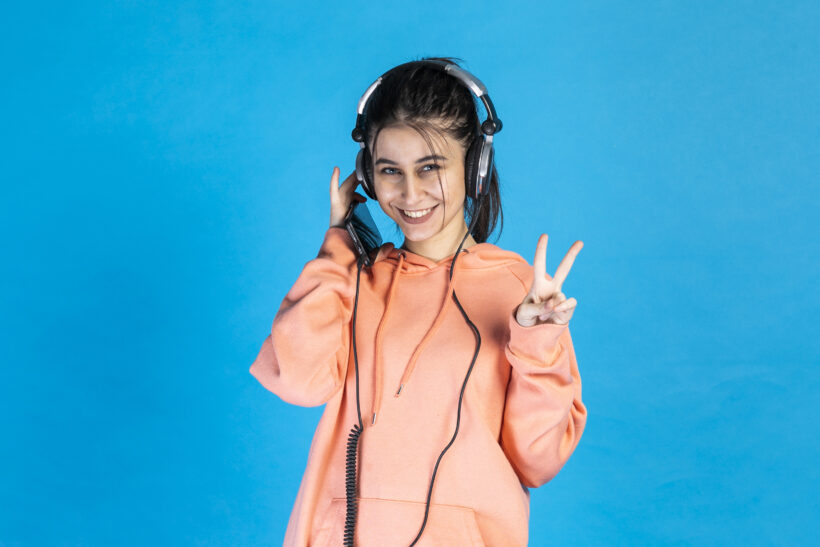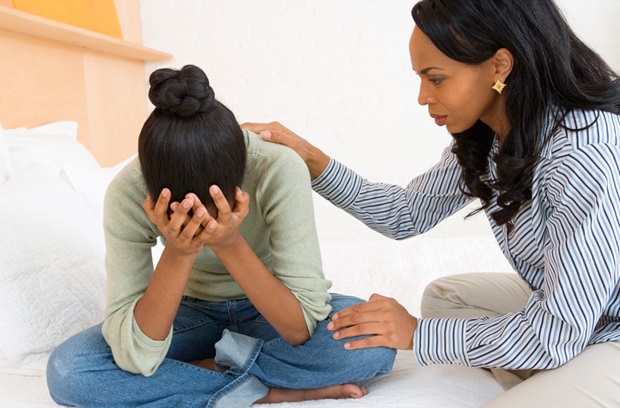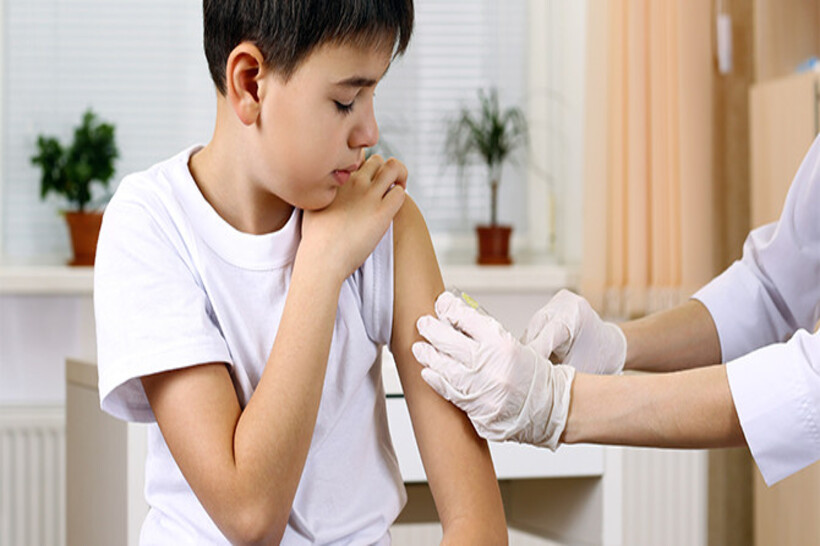In today’s digital age, headphones have become an integral part of teenage life. Whether they’re jamming to their favourite tunes, catching up on podcasts, or immersing themselves in virtual worlds, teenagers often find solace and entertainment through their headphones. However, the very device that provides them with a personalized soundtrack can also pose a threat to their precious sense of hearing.
Over one billion teenagers and young people are potentially at risk of hearing loss due to their use of headphones and earbuds, and attendance at loud music venues, according to a study published in the journal BMJ Global Health.
The World Health Organization (WHO) estimates that over 430 million people worldwide currently have disabling hearing loss, the researchers said.
In this blog, we’ll delve into the world of teenage headphone habits and explore how they can impact their hearing aid health in the long run.
The Rise of Headphone Culture:
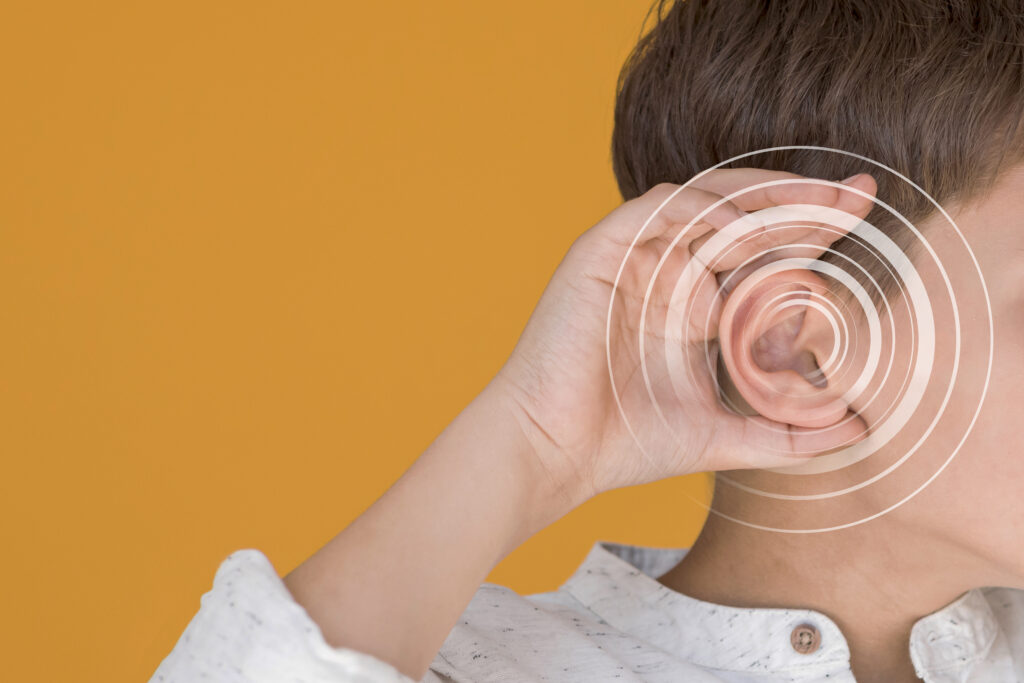
Headphones have evolved from a niche accessory to a near-constant presence in many teenagers’ lives. The allure of escaping into a private auditory realm has become a defining characteristic of this generation. But as the decibels rise, so do concerns about potential consequences for their hearing.
The Decibel Dilemma:
The volume at which teenagers crank up their headphones can have far-reaching consequences. Prolonged exposure to high volumes can lead to noise-induced hearing loss (NIHL), a condition that occurs when the delicate hair cells in the inner ear are damaged by excessive sound. NIHL is often irreversible and can lead to permanent hearing impairment.
Understanding Safe Listening Levels:
Experts recommend adhering to the “60/60 rule”: keeping the volume at 60% of the maximum and limiting listening time to 60 minutes per session. This approach allows teenagers to enjoy their music while reducing the risk of hearing damage. Encouraging them to take regular breaks and providing noise-cancelling headphones can also help.
Peer Pressure and Unintended Consequences:
Teenagers often engage in “volume wars,” where they compete to have the loudest music. This social pressure can lead to dangerously high sound levels. Additionally, listening to music in noisy environments, like public transportation, prompts them to increase the volume to overpower background noise, further risking their hearing.
Why Kids Need To Be Aware Of The Effects Of Loud Music
Education is the first step in mitigating the risks associated with headphone use. Schools, parents, and communities can come together to raise awareness about safe listening practices. Teenagers should understand that protecting their hearing is crucial for maintaining their quality of life as they grow older.
Empowering Teens For Safer Soundscapes:
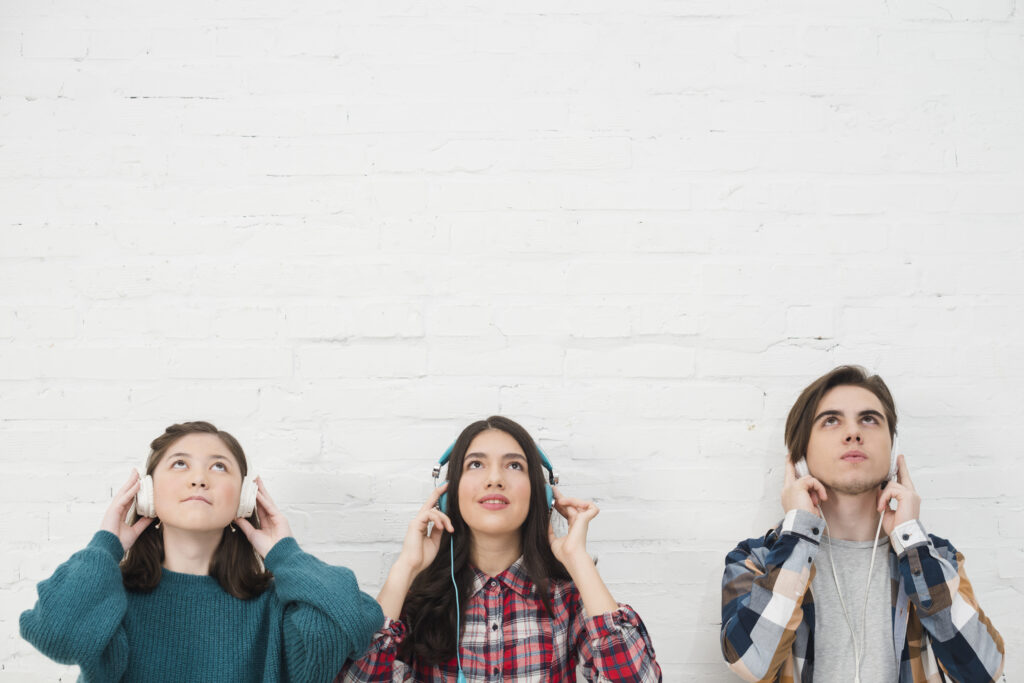
Teaching teenagers about the consequences of excessive headphone use doesn’t mean eliminating their enjoyment. Instead, it’s about empowering them to make informed decisions. Encourage them to use noise-cancelling headphones, create curated playlists with a mix of loud and soft songs, and regularly check in on their listening habits.
Headphones have become an integral part of modern teenage life, providing a personalized soundtrack to their world. However, the same headphones that deliver their favourite tunes can also compromise their hearing health if used without caution.
By fostering awareness and emphasizing safe listening practices, we can ensure that teenagers continue to enjoy their music while safeguarding their auditory well-being.
Online interventions for hearing loss are emerging as a powerful tool in the management and support of individuals with hearing impairment. Let’s work together to turn down the volume on potential hearing issues and help teenagers enjoy their soundtrack to life without sacrificing their silence. In the realm of healthcare, technology has introduced innovative avenues for addressing a wide range of conditions, including hearing loss.
